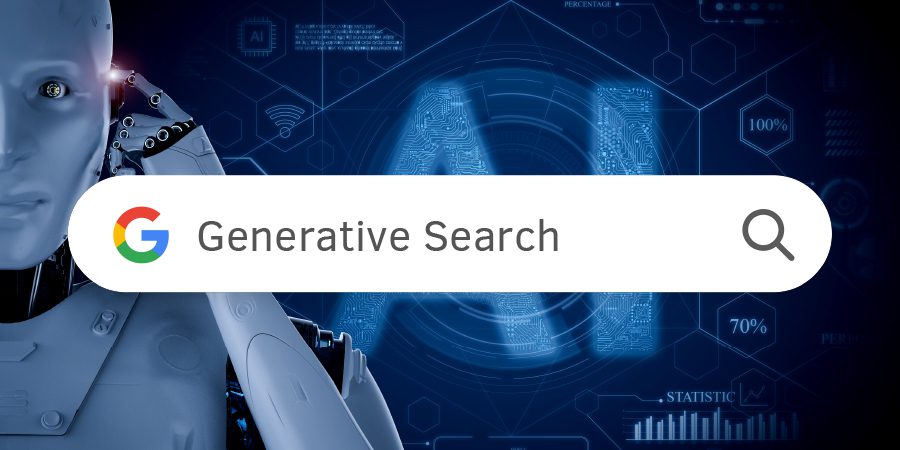In this article, we’ll look at the reasons behind Google’s move to integrate AI snapshots into its search results and how it’s changing the way people find information online.
Key Takeaways:
- Google’s new AI-first search results, called AI snapshots, are sourced from large language models and the open web.
- The AI snapshot feature is part of a new opt-in Search Generative Experience (SGE) and Search Labs.
- AI snapshots aim to improve search results for complex queries by synthesizing data from multiple sources.
- Google’s AI is designed to be factual rather than fluid, focusing on providing accurate information rather than mimicking human conversation.
Introducing AI Snapshots in Google Search
Google is set to transform the way users experience search results with the introduction of AI snapshots.
This innovative approach utilizes large language models to source information from across the web, presenting users with concise, AI-generated summaries that answer their queries.
By opting into the Search Generative Experience (SGE) feature, users can witness these AI snapshots in action.
Although still considered experimental, Google aims to make this technology an integral part of its search engine, fundamentally changing the way users find information online.
The New Look of Google’s Search Results Page
The future of Google’s search results page is vibrant, colorful, and AI-focused.
Powering this new look is Google’s most advanced large language model (LLM) work to date, including the PaLM 2 model and the Multitask Unified Model (MUM).
With these AI snapshots, users can expect search results to be more dynamic and catered to their needs.
On mobile devices, the AI snapshot will often take up the entire first page of search results, offering a more streamlined and informative search experience.
However, there are some limitations. AI snapshots will only appear when Google’s algorithms deem them more useful than standard results, and sensitive topics such as health and finances will not be subjected to AI interference.
Nevertheless, this technology is already showing great potential in improving search experiences.
Google’s AI Snapshot Approach: Factual Over Fluid
Google’s approach to AI snapshots emphasizes factual accuracy over the appearance of fluid, human-like language.
The company is aware that large language models can sometimes be confidently wrong, and it aims to strike a balance between providing accurate information and generating coherent, useful answers.
This focus on factual content aims to differentiate Google’s search AI from other AI platforms that may prioritize fluidity and human-like language.
Google’s goal is to create an AI that helps users find information and answers, rather than acting as a conversational partner.
Despite these efforts, there is still room for improvement. Google’s AI occasionally falters in areas such as math, information retrieval, and other basic tasks.
While the PaLM 2 model seeks to address these issues, it is clear that the company has not yet fully solved the problem of AI-generated misinformation.
Balancing Boldness and Responsibility
In the rapidly evolving world of AI technology, Google is striving to balance bold innovation with responsible development.
The company is acutely aware of the potential pitfalls of AI-generated content and is keen to avoid misinformation, negative user experiences, or damage to its reputation and business model.
As a result, Google’s SGE feature remains opt-in and devoid of personality, ensuring that users are presented with a factual and reliable source of information.
The company is prepared to play a longer game, focusing on gradual improvement and refinement rather than hastily adopting unproven trends.
While AI-generated content is not seen as a panacea for all search-related challenges, it is undeniably shaping the future of Google Search.
Over time, SGE will become more integrated into search results for billions of users, blending AI-generated content with traditional links to external websites.
Ultimately, Google aims to replace the traditional “10 blue links” with a comprehensive and accurate repository of knowledge, offering users access to the entire wealth of information available on the internet, all in one place.
By prioritizing truth and accuracy, Google hopes to make its search engine even more indispensable to users around the world.
 Sections of this topic
Sections of this topic
















